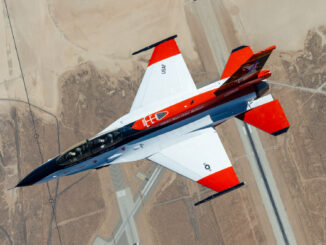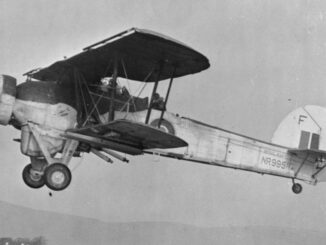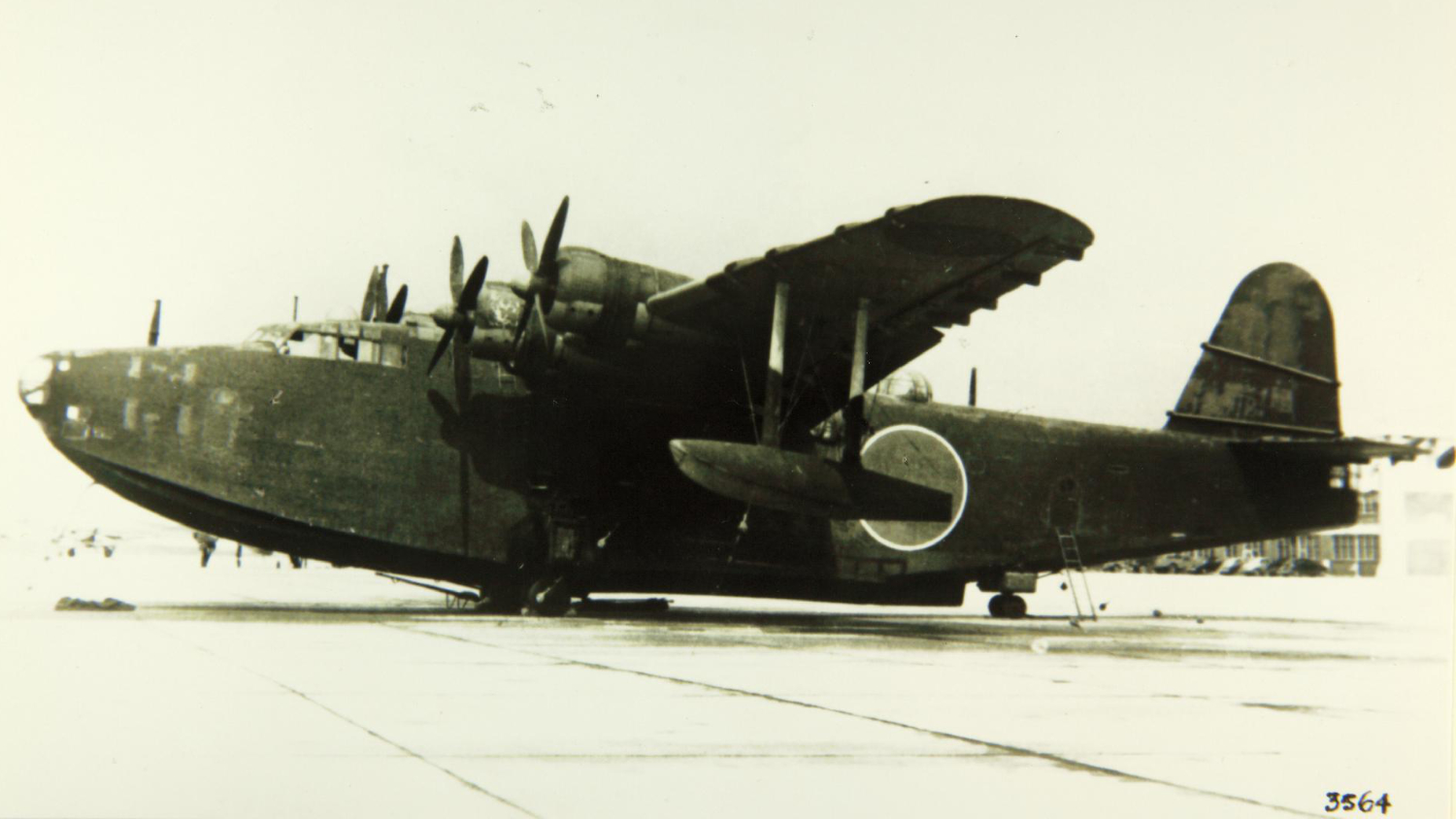 Between 3rd and 5th March 1942, the naval aviation of the Japanese Imperial Navy performed the long-range bomb raid on Oahu Island, commonly known as the second attack on Pearl Harbor. Officially codenamed Kē-Sakusen (K作戦 – Operation K), the mission was the longest bomb raid at the time, as well as one of the longest bomber missions ever concluded in combat zone without fighter escort.
Between 3rd and 5th March 1942, the naval aviation of the Japanese Imperial Navy performed the long-range bomb raid on Oahu Island, commonly known as the second attack on Pearl Harbor. Officially codenamed Kē-Sakusen (K作戦 – Operation K), the mission was the longest bomb raid at the time, as well as one of the longest bomber missions ever concluded in combat zone without fighter escort.
Although the first Japanese attack on Pearl Harbor, performed on 7th December 1941, resulted in considerable destruction of the infrastructure and base facilities, the Americans quickly began to remove the damage.
Two Japanese reconnaissance flights, made by submarine-launched Yokosuka E14Y (Allied reporting name Glen) seaplanes on 17th December 1941 and 5th January 1942, proved the US forces were working intensively on restoring the base operational capabilities. The Imperial Navy authorities were particularly concerned about the status of the so-called Ten-Ten dry dock – named after its working length of 1010 feet / 308 m – which they considered one of the US Navy facilities of high importance. Regrettably, the aforementioned reconnaissance missions failed to gain any data related to the dock.
Therefore, the Imperial Navy high command decided to perform another reconnaissance flight to Hawaii. In contrary to the previous operations, the new mission had to be performed by heavy, long-range flying boats operating from Japanese naval bases.
The initial idea was to fly a formation of aircraft from Japan to Hawaii and back, with a few refuelling and maintenance stopovers in the Pacific Ocean. In addition to their main reconnaissance task, the flying boats had to be also equipped with bombs and, depending on conditions, perform raids on Pearl Harbor or even the American mainland.
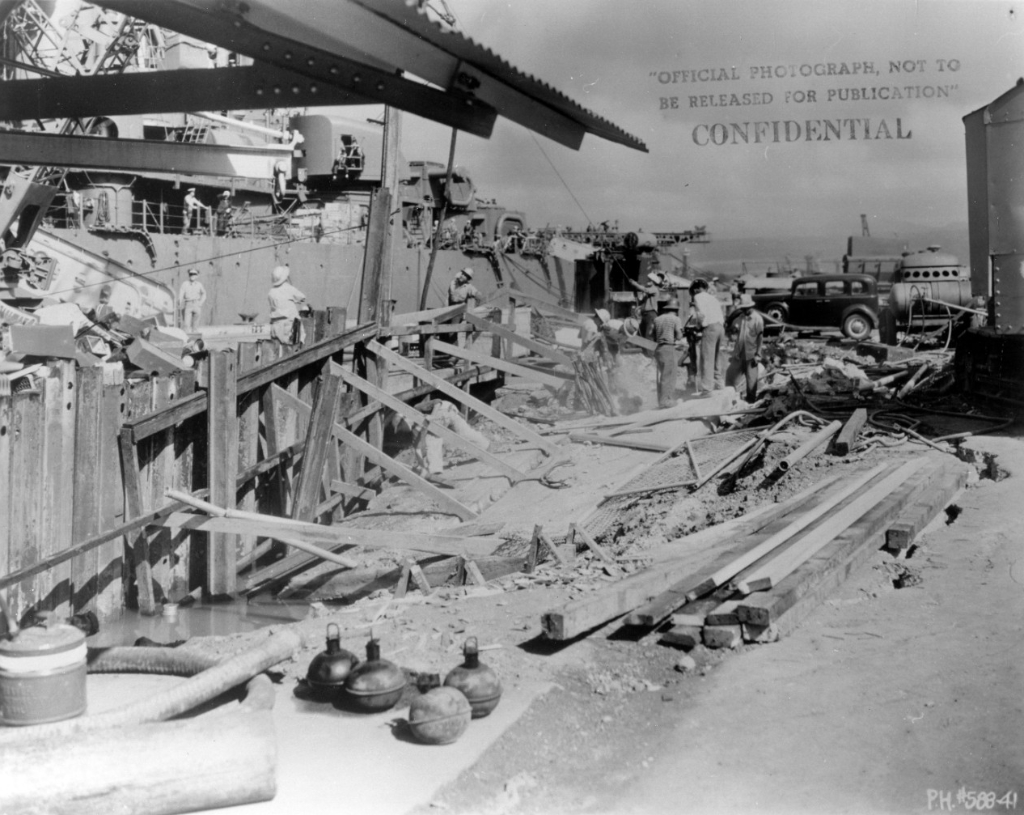
The plan started to shape up when new Japanese flying boat, Kawanishi H8K (Allied reporting name Emily), entered the final phase of development. Initially, the Navy wanted to use all the existing five prototypes for Operation K but finally it turned out that only two aircraft were mission capable.
The H8K was a direct successor of Kawanishi H6K multi-role flying boat which entered operational service in 1938. Yet at the same time, the Imperial Navy ordered at the Kawanishi company a new aircraft of the same type and role but larger and with even longer range. Initially designated 13-Shi Ōgata Hikōtei (the Experimental Type 13 Large-size Flying Boat), the new aeroplane was developed by a team led by Shizuo Kikuhara and performed its maiden flight in January of 1941.
The Kawanishi H8K was a high-wing flying boat, equipped with four Mitsubishi MK4B Kasei 12 engines, each generating 1,850 hp at take-off. The aircraft was operated by a crew of ten, its service ceiling was at 29,040 feet (8,850 m) and range exceeded 3,860 nautical miles (7,100 km). The H8K was characterized by its powerful defensive armament, tailored for lone long-range missions over the Pacific Ocean – five 20 mm Type 99 Mark 1 autocannons (a Japanese version of Oerlikon FF) in turrets and waist blisters, and five 7.7 mm machine guns in fuselage hatches. In addition, the aircraft could carry two torpedoes and up to 2,000 kg of bombs.
In February of 1942, the 3rd (Y-71) and the 4th (Y-72) prototypes of the H8K were assigned for Operation K. The mission objectives were to make a detailed reconnaissance over Pearl Harbor and then, depending on the conditions, to perform bomb attack on the Ten-Ten dock or any other recognised facility of significant importance. The Y-71 was commanded by Lieutenant Hisao Hashizume, who also led the raid to Hawaii, and the Y-72 was flew by Ensign Shosuke Sasao (or Sasaoi, according to some sources) and his crew.
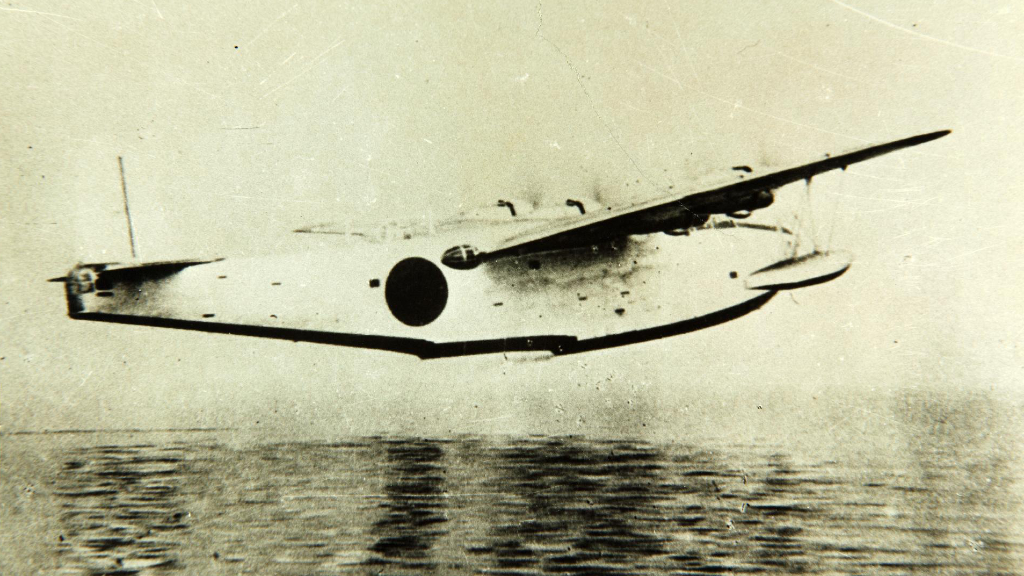
In addition, Operation K was supported by several Japanese submarines that operated as navigation aid, tankers and search-and-rescue boats.
On 13th February 1942, both Emilys took-off from Yokohama naval base and, with stopovers in Saipan and Truk (now Chuuk Lagoon), reached Jaluit Atoll of the Marshall Islands. There, the crews performed a few training flights and waited for appropriate weather conditions. On 2nd March, both flying boats were transferred to Wotje Atoll, then armed with four 250 kg bombs and made ready for the raid.
On 3rd March 1942, at 00:25 hours Tokyo time (3rd March, 04:55 Hawaii time), the H8Ks took-off for the first stage of the flight. Their target was French Frigate Shoals, at that time uninhabited and the largest atoll in the Northwestern Hawaiian Islands, located about 2,600 km away from Wotje and 900 km from Oahu.
The French Frigate Shoals was set as meeting point with I-15 and I-19 submarines which were used as the tankers. After refuelling, at 17:08 hours Tokyo time, the H8K flying boats took-off for their target.
Approximately three hours later, the Japanese formation was detected by the American radars. The US forces in Hawaii had no night-time fighters at that time. Therefore, despite it was a little after midnight, four P-40 fighters were alarmed to intercept the enemy. In addition, three Catalina flying boats were sent out to find the Japanese aircraft carriers. It came as no surprise that both missions failed.
Around 21:30 hours Tokyo time (4th March, 02:00 Hawaii time), Hashizume and Sasao reached the Oahu Island. Regrettably for them, the target was covered with heavy clouds and, in addition, there was a mandatory blackout in force. Seeing literally nothing, the Japanese aviators decided to drop bombs according to dead reckoning procedure, using the Kaena Point lighthouse as a reference point, and flew away.
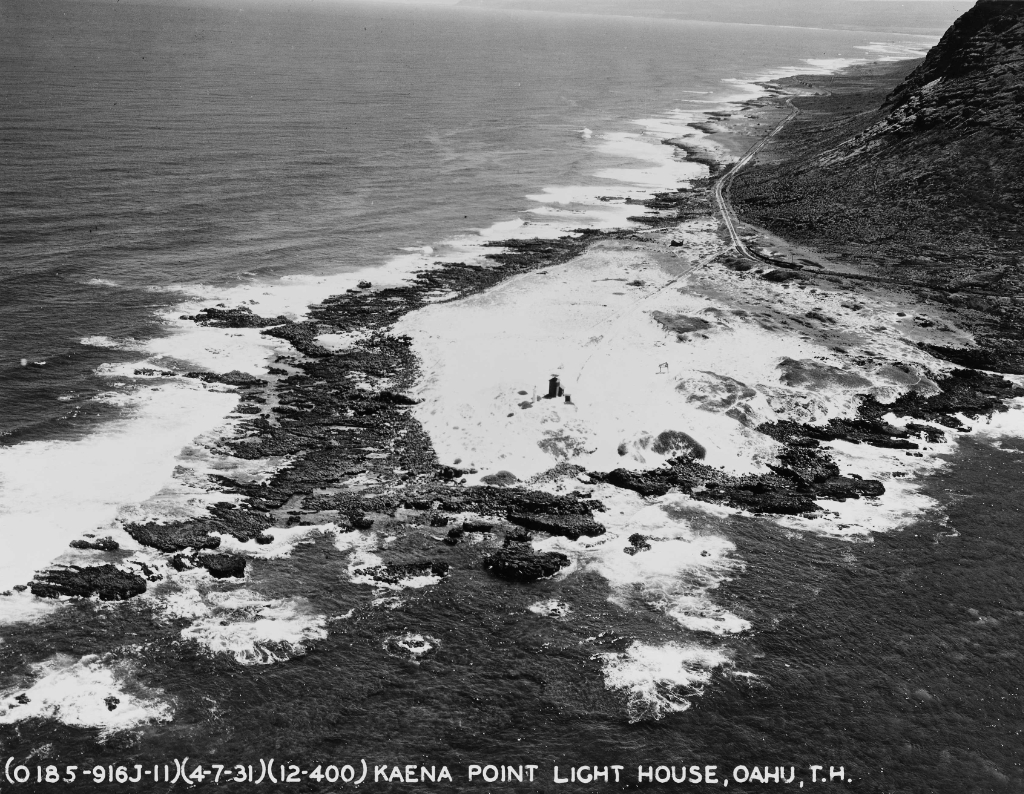
The bombs from the Y-71 hit the slopes of Tantalus Peak volcano, shattering windows in Roosevelt High School and those from the Y-72 fell into the ocean. No other damage or any casualties were recorded.
On their way back, both of the aircraft skipped the refuelling point at the French Frigate Shoals and made it directly to Wotje and Jaluit, respectively. Sasao landed in Wotje, according to the original schedule and reached the atoll on 5th March, at 10:15 hours Tokyo time. Hashizume was concerned about the slight damage the hull of his flying boat suffered during the take-off. Therefore, he decided to continue his journey to Jaluit, where the maintenance facility was located. He reached the base at 10:30 hours Tokyo time.
Within Operation K, the Japanese flying boats covered a total distance of 7,600 kilometres, staying in the air for thirty-two hours in total. During the last stage of the mission, Hashizume and his crew were airborne for seventeen hours and twenty-two minutes non-stop, thus marking the aviation history with the longest bomb raid at that time.
Although the Japanese aviators made the aviation history, their mission failed from the operational standpoint. Due to weather conditions, no reconnaissance was provided and their bombs missed the target, causing no damage. However, for the Americans, the raid caused new fears of further Japanese attacks on Pearl Harbor, or even a potential invasion.
And indeed, the Japanese Imperial Navy planned to send more flying boats to Hawaii, as the first mission proved such long-range raids are not easy to perform but possible. The so-called Second Operation K was initially scheduled to be performed in the last decade of May.
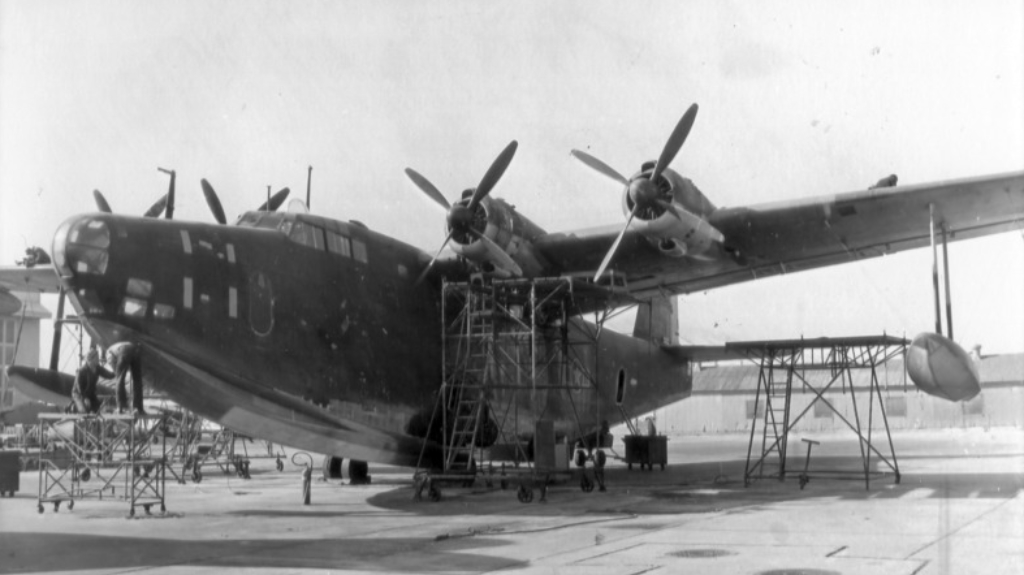
However, codebreaking of some of the Japanese radio communications by the US Navy led to conclusion that the French Frigate Shoals were used as refuelling point. On 30th May, the Japanese I-123 submarine deployed to the atoll in order to prepare the Second Operation K, discovered the presence of a US Navy destroyer there. In view of this fact, further raids to Hawaii were called off.
In the meantime, Hashizume and his flying boat were ordered to perform reconnaissance flight to Midway and Johnston Island. On 10th March 1942, the Y-71 took-off from the Marshall Islands for its final flight. On the way to Midway, Hashizume´s aeroplane was detected by radar and then intercepted by American fighter aircraft and shot down.
In the later years of the World War II, the American bomber aircraft performed several long-range raids, approaching the record mission time set by Hashizume. In August of 1943, the B-24 Liberator ´Shady Lady´ performed a flight from Darwin in Australia to Balikpapan oil refineries on Borneo, lasting sixteen hours and thirty-five minutes. On 14th August 1945, B-29 Superfortress from the 315th Bombardment Wing launched a bomber attack on Akita in Japan, staying in the air for seventeen hours and ten minutes.
Situation changed rapidly with implementation of jet-powered bombers and air-to-air refuelling. Nowadays, the strategic bomber aircraft are capable of staying in the air for almost fifty hours and circumnavigate the globe without landing. For example, during Operation Desert Storm in 1991, B-52s from Barksdale AFB in Louisiana attacked targets in Iraq within a 35-hour flight. Five years later, during Operation Desert Strike, the round trip to Baghdad was thirty-four hours and 16,000 miles (25,749 km). Between 2001 and 2014, within the first stage of Operation Enduring Freedom, B-2 Spirit bombers of the 509th Bomb Wing performed several raids on Afghanistan from their home base at Whiteman AFB, with some of the aircraft lasting in the air for more than seventy hours.
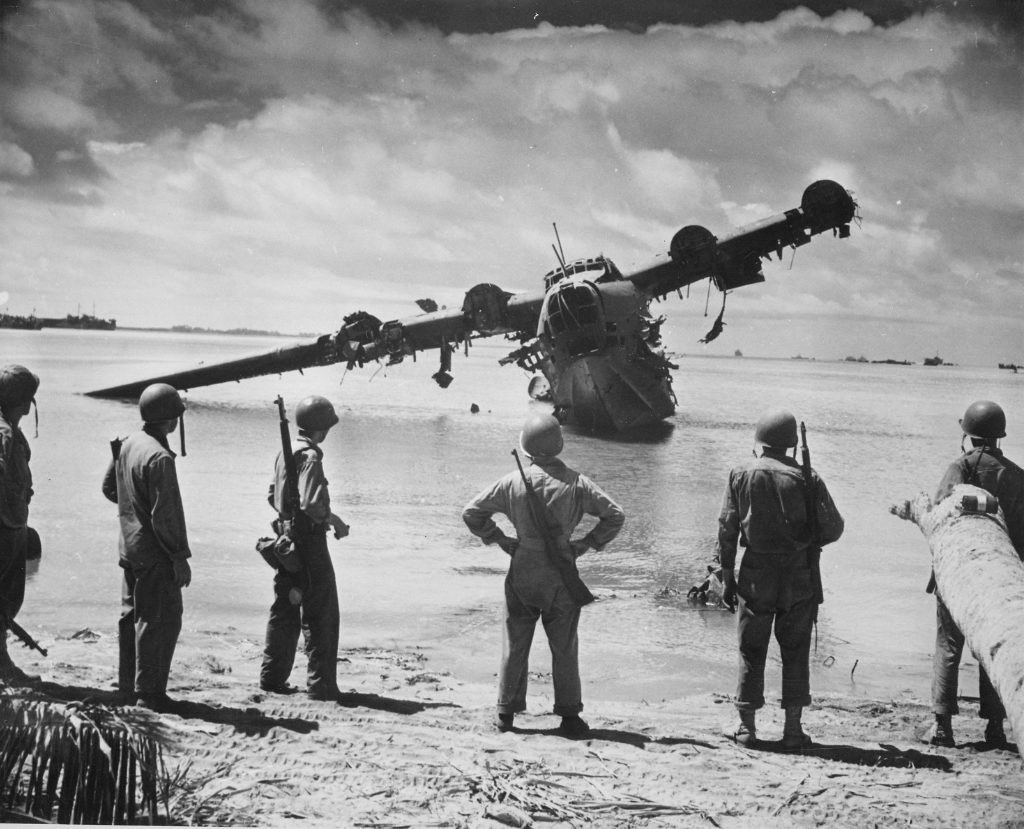
Cover photo: Kawanishi H8K Emily, San Diego Air and Space Museum Archive photo# 01_00081863, via Flickr Commons.

